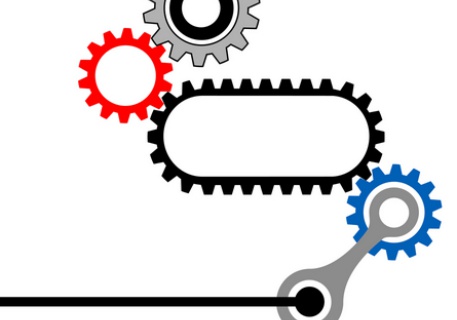Relax, B2B Sales People – Your Job Is Still Needed

For B2B buyers, the rise of online commerce and product research, along with the introduction of procurement tools like Software-as-a-Service, have in many cases made the procurement process automated, and therefore easier. Reports released earlier this year, however, suggested that this automation is bad news for B2B suppliers and their sales force as the procurement journey requires less human interaction and buyers depend less on sales representatives to make a purchase.
Last March, Forrester Research analyst Andy Hoar spoke at the 2015 Sales Enablement Forum and dropped a daunting bomb on the B2B industry: as many as 1 million jobs are now in jeopardy because of the rise in automation of B2B eCommerce.
According to Forrester, order-takers are the most at-risk group of the procurement workforce thanks to the emergence of self-service online shopping portals, while so-called “explainers” are similarly at risk due to procurement officials researching and educating themselves online, negating the need for a salesperson to explain a product or service to a potential business buyer.
These trends, Forrester found, could displace up to 1 million B2B sales jobs by 2020.
New findings from B2B advisory group SiriusDecisions, however, may put the B2B sales force at ease. According to the research, which was released Thursday (May 14) at the tenth annual SiriusDecisions Summit, there is human interaction at every stage of the B2B procurement process, suggesting that automation and new technologies may not wipe out the B2B workforce after all.
Interaction Patterns
While SiriusDecisions’ 2015 B-to-B Buyer Study found that human interaction in the B2B buying process is overall quite prominent, the research uncovered several patterns from these interactions, including the conclusion that these interactions are more “episodic” than they are “linear.” Among the most intriguing of findings from the research is that as the price point of a potential deal increases, so do the number of interactions between a buyer and supplier.
In the majority of cases, researchers found that sales representatives enter an interaction with a potential buyer right at the start of that buyer’s purchasing journey. These interactions become more prominent as buying scenarios increase in complexity.
One finding that is especially relevant to the “explainers” group described by Forrester Research is that these explainers, or educators, account for the highest level of human interaction between buyers and suppliers.
Perhaps most importantly, however, is the conclusion that in addition to buyers interacting with suppliers in every stage of the buying process when a purchase is made, more than 85 percent of the scenarios described by buyers were said to have involved positive interactions, suggesting that buyers have a positive outlook of the human interaction in their buying process.
People Are Still Needed
While SiriusDecision’s findings do not make any projections for the future of human interaction in the B2B procurement journey, the research suggests that today, an interaction between buyer and supplier is deeply engrained in the buying process. Such high instances of interaction could offer solace to B2B sellers – while technology provides an opportunity for buyers to bypass a sales representative, SiriusDecision suggests that buyers are already used to, and perhaps prefer, the human interaction of procurement.
“The new way to think about b-to-b buying is that human interactions still occur and matter, and that the rise of digital marketing doesn’t mean those interactions go away,” said SiriusDecisions Vice President and Group Director Marisa Kopec in a statement. “It just means that buyers and providers are interacting in new digital ways. Just because buying behavior is done digitally does not mean that sales representatives are no longer required to instigate or facilitate a buying process.”
The 2015 B-to-B Buyer Study is the result of research done earlier this year, the firm said, which involved the study of buying behaviors among more than 1,000 B2B executives involved in a major purchase within the last six months. According to SiriusDecision, these officials represented about half a billion dollars in B2B sales across North America and Europe.
